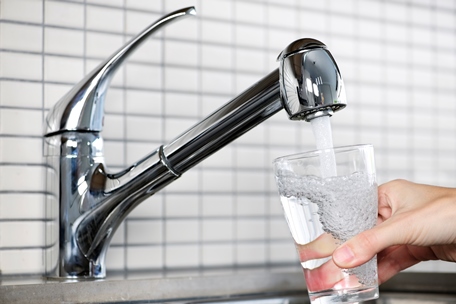


If a property owner receives a water bill that is higher than usual or expected, please consider the following as possible explanations for the bill amount:
METER READING PERIOD DURATION
This is the period of time from your last meter read to your current meter read.
METER READ TYPE
Occasionally there may be situations that prevent the Department of Public Works from obtaining an actual meter reading. For example, meters are removed from the property during a water main relining project or something interfered with the transmitter and a meter reader could not access the meter.
When this occurs, an estimated read can be used to bill the account. The estimate will be based on the daily average usage. However, once an actual read is collected, any necessary adjustments and credits will be applied to the account.
To determine if the meter reading was an “Actual” read or an “Estimated” read, please look at “Read Type” under “Meter Reading Details” on your water bill.
INCREASED WATER USAGE
Your water bill is calculated in CCF units which represents 100 cubic feet of water. 1 CCF is approximately 748 gallons. The average amount of water used by an individual is approximately 2 CCF per month (Baltimore City monthly billing) or 6 CCF per quarter (Baltimore County quarterly billing). This amount may vary for your particular household. Example: For a 2-person household, the expected average would be 4 CCF per month (2 CCF x 2) or 12 CCF per quarter (6 CCF x 2).
POSSIBLE WATER LEAKS
Homeowners are only billed for the water that passes through their meter. Other activities that may have taken place in the surrounding area such as maintenance of City main water lines or construction/repairs of water or sewer mains do not cause your water usage to increase.
A leak that is the responsibility of the property owner to correct can result in high bills. Identifying and correcting sources of high water usage is an excellent way to reduce a water bill.
Leak Inspection & Identification
It is recommended that property owners frequently inspect and perform routine maintenance on the most water-consuming appliances (e.g., indoor and outdoor faucets, toilets, hot water heaters, washing machines, etc.).
Appliance Leaks
Check for dripping faucets, running/leaking toilets, and leaking water connections. Even small leaks and drips can add up over time. 1 faucet that is dripping one drop per minute can add up to almost 3 gallons in a month. Running/leaking toilets have the potential for a significant amount of water loss.
Underground Leaks
Underground leaks between the water meter and property structure can go undetected, can be difficult to identify, and can drastically increase consumption. A turn-off test can assist in identifying underground leaks.
For accounts that have hourly usage consumption data available:
OR
For accounts that DO NOT have hourly usage consumption data available:
Results:
If you have reviewed your bill, and the information above, and still have questions on the amount due or the usage being charged, please do not hesitate to contact Customer Support & Services at 410-396-5398 or by clicking here to email the DPW's Billing department. Property owners can also visit the walk-in center at the:
Abel Wolman Municipal Building
200 Holliday Street, First Floor Room 8
Baltimore, MD 21202.